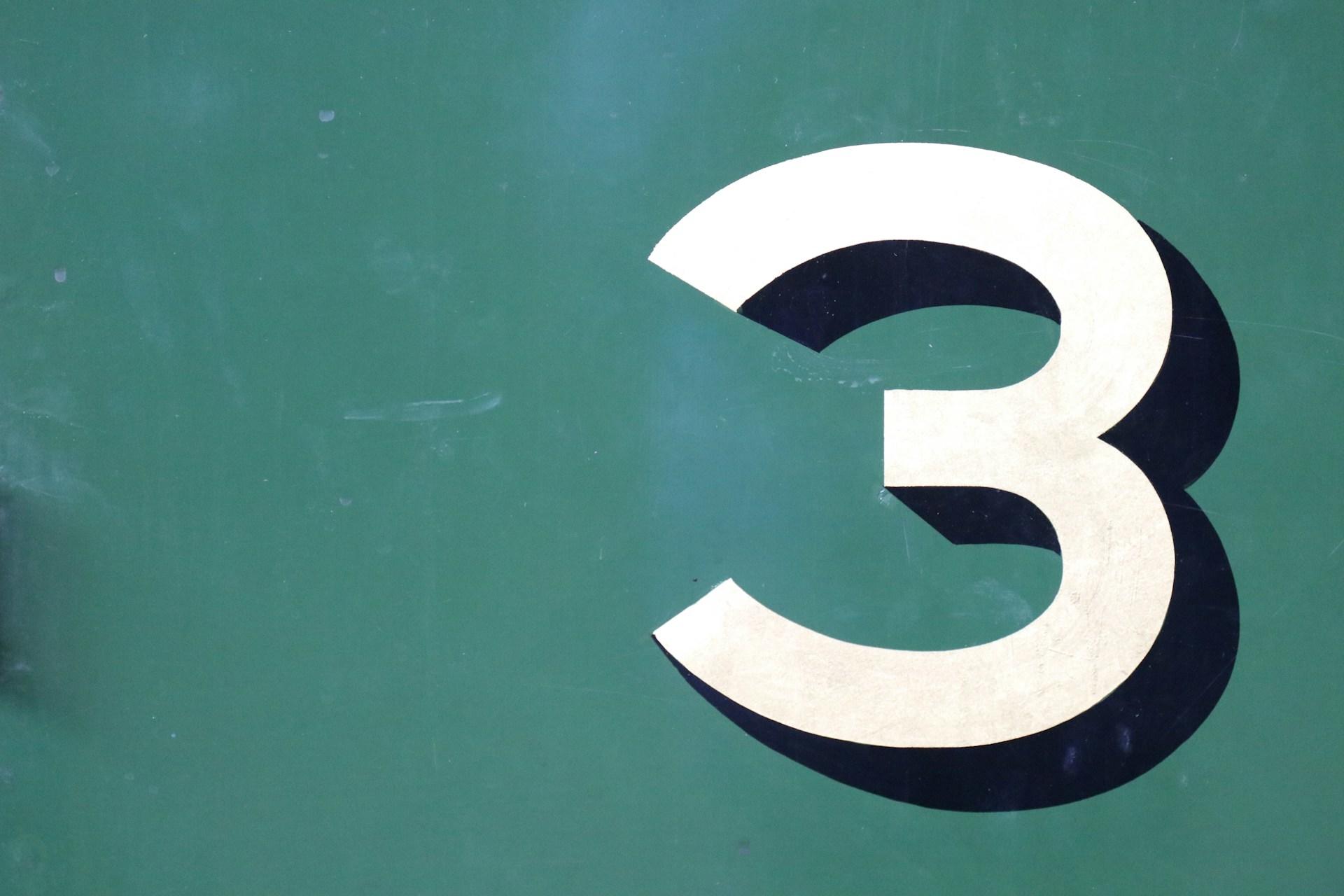Certain vocabulary types are recommended for beginners in any language, including te reo Maori.
One hugely important vocabulary group is numbers. After all, you won't get far in any language without knowing them.
They can be useful for dates, phone numbers, or even just counting items in shops.

The Maori Numbers 1-10
While something as simple as counting to ten may seem like a childish endeavour, you must remember that no matter your actual age, your Maori age is less, especially if you've never spoken the language before.
When you start learning basic Maori phrases, it can also be useful to learn the numbers.
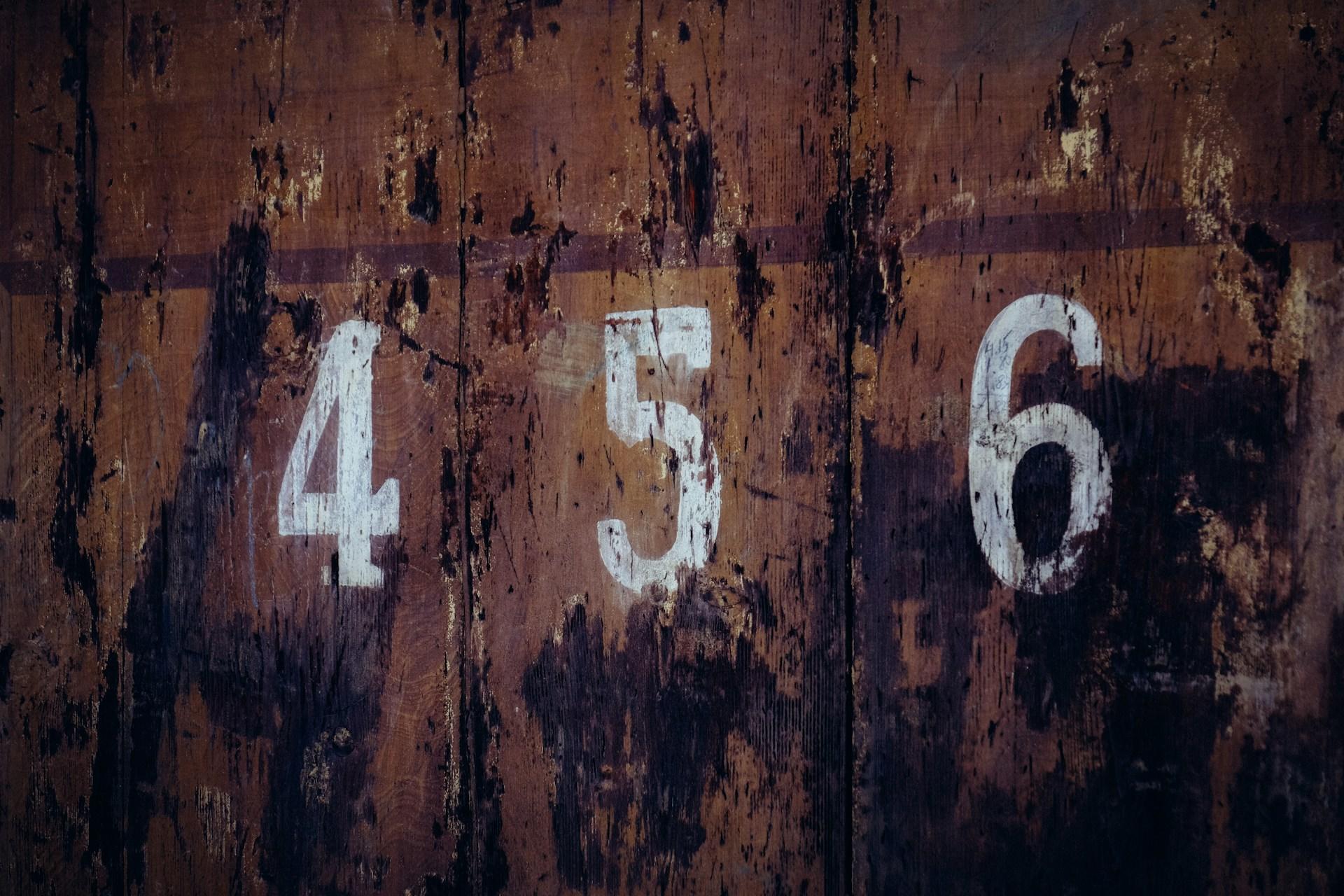
With that in mind, these are the numbers from one to ten in Maori, plus an approximate guide on pronouncing them.
- 1 – Tahi (tah-hee)
- 2 – Rua (roo-ah)
- 3 – Toru (toh-roo)
- 4 – Whā (faah)
- 5 – Rima (ree-ma)
- 6 – Ono (oh-noh)
- 7 – Whitu (fee-too)
- 8 – Waru (wah-roo)
- 9 – Iwa (ee-wah)
- 10 – Tekau (teh-co)
We recommend regularly practising these numbers until they're second nature and even looking for songs or mnemonic devices to help you remember them.
Counting Beyond Ten in Maori
After you can count up to ten, you have almost all the vocabulary you'll need to count up to twenty.
The rule for the numbers from eleven to nineteen is pretty simple. Just add "tekau mā" and the following number.
- 11 – Tekau mā tahi
- 12 – Tekau mā rua
- 13 – Tekau mā toru
- 14 – Tekau mā whā
- 15 – Tekau mā rima
- 16 – Tekau mā ono
- 17 – Tekau mā whitu
- 18 – Tekau mā waru
- 19 – Tekau mā iwa
As you can see, this list is precisely the same as the list for the numbers one through nine with "tekau mā" added.
Tens in Maori
Counting in tens in Maori, just like the days of the week, is remarkably straightforward. With the individual numbers from one to nine and the number for ten already in our grasp, learning the tens is a breeze.
Except for ten, which isn't "tahi tekau", twenty, thirty, forty, etc., are simply the original numbers before "tekau". This logical structure makes learning Maori numbers a comfortable and reassuring experience.
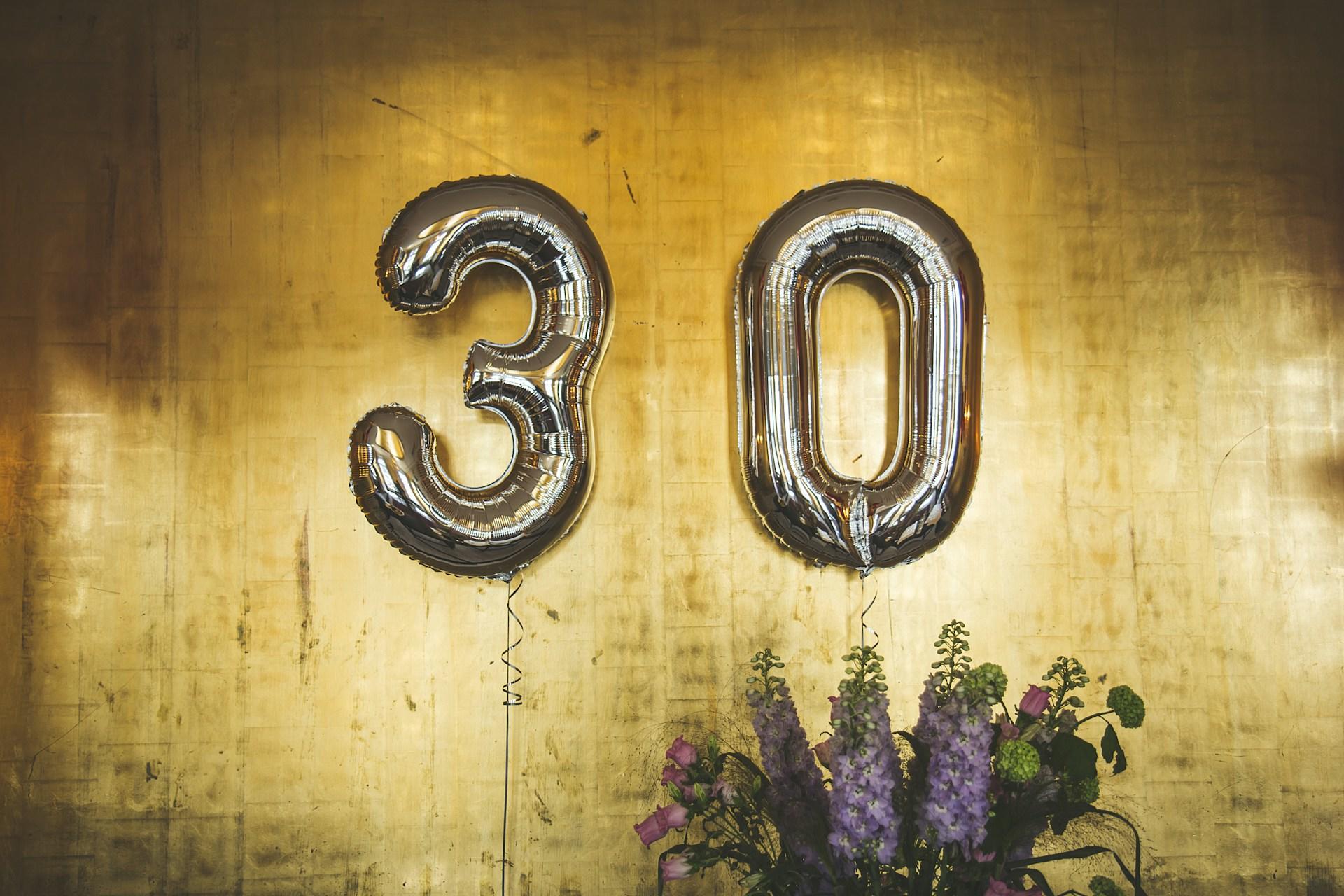
Here are each of the tens in Maori, starting with 10:
- 10 – tekau
- 20 – rua tekau
- 30 – toru tekau
- 40 – whā tekau
- 50 – rima tekau
- 60 – ono tekau
- 70 – whitu tekau
- 80 – waru tekau
- 90 – iwa tekau
In English, you could think of this as "ten", "two ten", "three ten", "four ten", etc. All the teens were "ten" + "mā" + "number". Don't worry too much about what "mā" means, as it's a grammatical particle in Maori.
If it helps, consider it "and" for now, though it doesn't technically mean that.
Forming Numbers from Twenty to Twenty-nine in Maori
Now that you can form each of the tens in Maori and individual numbers, you'll be quite relieved to hear that the remaining numbers from twenty to ninety-nine in Maori are all formed similarly.
A number like "twenty-one" is formed by "two" + "ten" + "mā" + "one", which in Maori, would be like this: "rua tekau mā tahi". It's worthwhile also studying Maori syntax so you can know what order words go in.
Twenty to twenty-nine looks like this:
- 20 – Rua tekau
- 21 – Rua tekau mā tahi
- 22 – Rua tekau mā rua
- 23 – Rua tekau mā toru
- 24 – Rua tekau mā whā
- 25 – Rua tekau mā rima
- 26 – Rua tekau mā ono
- 27 – Rua tekau mā whitu
- 28 – Rua tekau mā waru
- 29 – Rua tekau mā iwa
Thirty to Thirty-nine in Maori
The next ten numbers are just as easy, but here they are for reference:
- 30 – Toru tekau
- 31 – Toru tekau mā tahi
- 32 – Toru tekau mā rua
- 33 – Toru tekau mā toru
- 34 – Toru tekau mā whā
- 35 – Toru tekau mā rima
- 36 – Toru tekau mā ono
- 37 – Toru tekau mā whitu
- 38 – Toru tekau mā waru
- 39 – Toru tekau mā iwa

Forty to Forty-nine in Maori
You get the idea.
- 40 – Whā tekau
- 41 – Whā tekau mā tahi
- 42 – Whā tekau mā rua
- 43 – Whā tekau mā toru
- 44 – Whā tekau mā whā
- 45 – Whā tekau mā rima
- 46 – Whā tekau mā ono
- 47 – Whā tekau mā whitu
- 48 – Whā tekau mā waru
- 49 – Whā tekau mā iwa
Fifty to Ninety-nine in Maori
- 50 – Rima tekau
- 51 – Rima tekau mā tahi
- 52 – Rima tekau mā rua
- 53 – Rima tekau mā toru
- 54 – Rima tekau mā whā
- 55 – Rima tekau mā rima
- 56 – Rima tekau mā ono
- 57 – Rima tekau mā whitu
- 58 – Rima tekau mā waru
- 59 – Rima tekau mā iwa
- 60 – Ono tekau
- 61 – Ono tekau mā tahi
- 62 – Ono tekau mā rua
- 63 – Ono tekau mā toru
- 64 – Ono tekau mā whā
- 65 – Ono tekau mā rima
- 66 – Ono tekau mā ono
- 67 – Ono tekau mā whitu
- 68 – Ono tekau mā waru
- 69 – Ono tekau mā iwa
- 70 – Whitu tekau
- 71 – Whitu tekau mā tahi
- 72 – Whitu tekau mā rua
- 73 – Whitu tekau mā toru
- 74 – Whitu tekau mā whā
- 75 – Whitu tekau mā rima
- 76 – Whitu tekau mā ono
- 77 – Whitu tekau mā whitu
- 78 – Whitu tekau mā waru
- 79 – Whitu tekau mā iwa
- 80 – Waru tekau
- 81 – Waru tekau mā tahi
- 82 – Waru tekau mā rua
- 83 – Waru tekau mā toru
- 84 – Waru tekau mā whā
- 85 – Waru tekau mā rima
- 86 – Waru tekau mā ono
- 87 – Waru tekau mā whitu
- 88 – Waru tekau mā waru
- 89 – Waru tekau mā iwa
- 90 – Iwa tekau
- 91 – Iwa tekau mā tahi
- 92 – Iwa tekau mā rua
- 93 – Iwa tekau mā toru
- 94 – Iwa tekau mā whā
- 95 – Iwa tekau mā rima
- 96 – Iwa tekau mā ono
- 97 – Iwa tekau mā whitu
- 98 – Iwa tekau mā waru
- 99 – Iwa tekau mā iwa
Numbers after 100 in Maori
Counting in hundreds is just as easy as in tens and forming any other number in Maori.
It would help if you had the word "kotahi rau" for 100. After that, you form the numbers as you did before.
101 is “kotahi rau tahi” and 199 is “kotahi rau iwa tekau mā iwa”.
The hundreds follow the same pattern as the tens and look like this:
- 100 – Kotahi rau
- 200 – Rua rau
- 300 – Toru rau
- 400 – Whā rau
- 500 – Rima rau
- 600 – Ono rau
- 700 – Whitu rau
- 800 – Waru rau
- 900 – Iwa rau
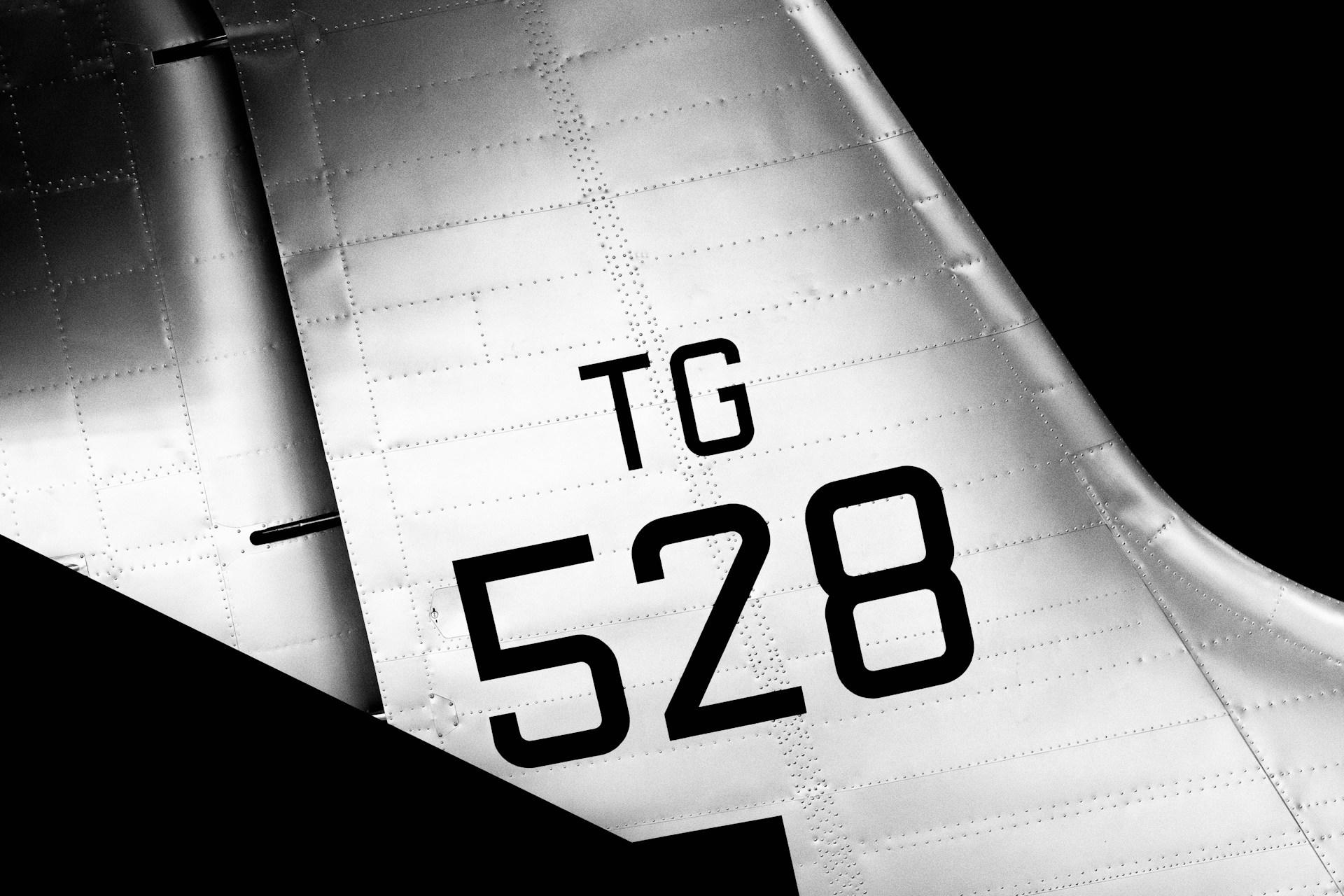
Thousands, Millions, and Billions in Maori
The very big numbers in Maori follow the same pattern again. You need to know the word for each of the larger numbers, and then you can form the others using the same rules as before:
The words you need for thousand, million, and billion are “mano”, “miriona”, and “piriona”.
- 1,000 – kotahi mano
- 10,000 – tekau mano
- 100,000 – kotahi rau mano
- 1,000,000 – kotahi miriona
- 10,000,000 – tekau miriona
- 100,000,000 – kotahi rau miriona
- 1,000,000,000 – kotahi piriona
The same rules apply to these large numbers, so you could replace the "kotahi" in most of these with any of the other numbers to form "two million" (rua miriona) or "thirty billion" (toru tekau piriona).
If you'd like to put your Maori number skills to the test, start by saying phone numbers using the individual numbers.
This active practice will engage you in your learning and help reinforce your knowledge. After that, say different years to practise the numbers in the thousands.
Once you've mastered the numbers, your journey in Maori is just beginning. Perhaps you might want to learn some expressions to offer encouragement in Maori.
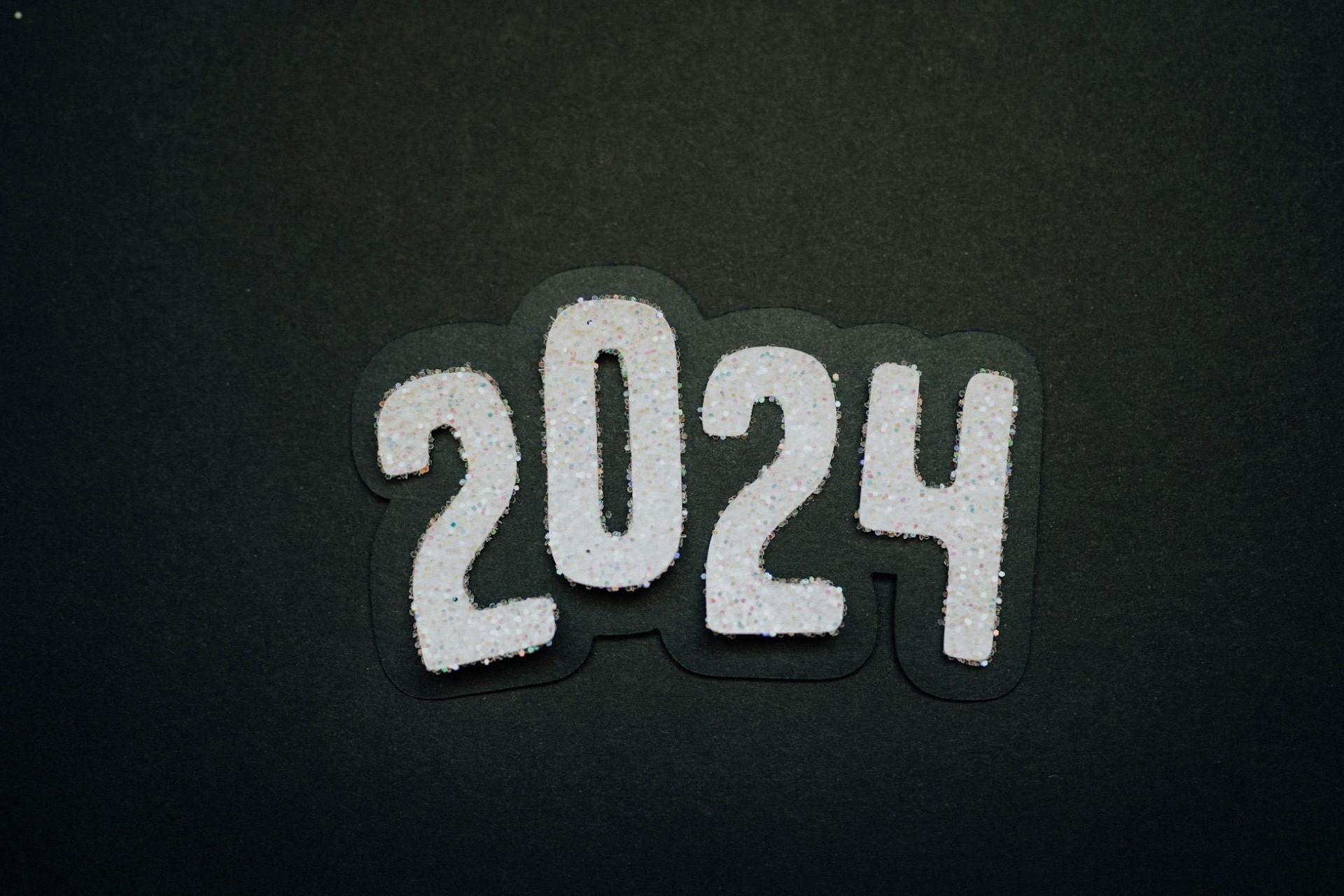
Improve Your Maori with a Private Tutor
If you want to improve your Maori knowledge, we recommend working with a teacher or a private tutor. To find suitable private tutors on the Superprof website, search for "Maori" and browse tutors' profiles today.
On the Superprof website, you can find face-to-face and online private tutors. If you're in New Zealand, you can look for local native Maori speakers to help you. For those outside of the country or in rural areas, you can still find native speakers and learn online with them.
Typically, face-to-face tutoring is more effective, but for most academic skills and subjects, online tutoring is almost as effective. You can even learn Maori for online applications, like writing emails in the language.
For those on a tight budget, you can share the cost of the tutor's time by choosing group tutoring. Either get together friends or family to learn Maori together or join a tutor's class. While group tutoring doesn't come with all the benefits of one-on-one tutoring, it's usually much cheaper. Many tutors offer the first class for free, so you can always try a few before choosing the one that's right for you and what you want to learn.
Just search for "Maori" on the Superprof website today and start learning the language!

